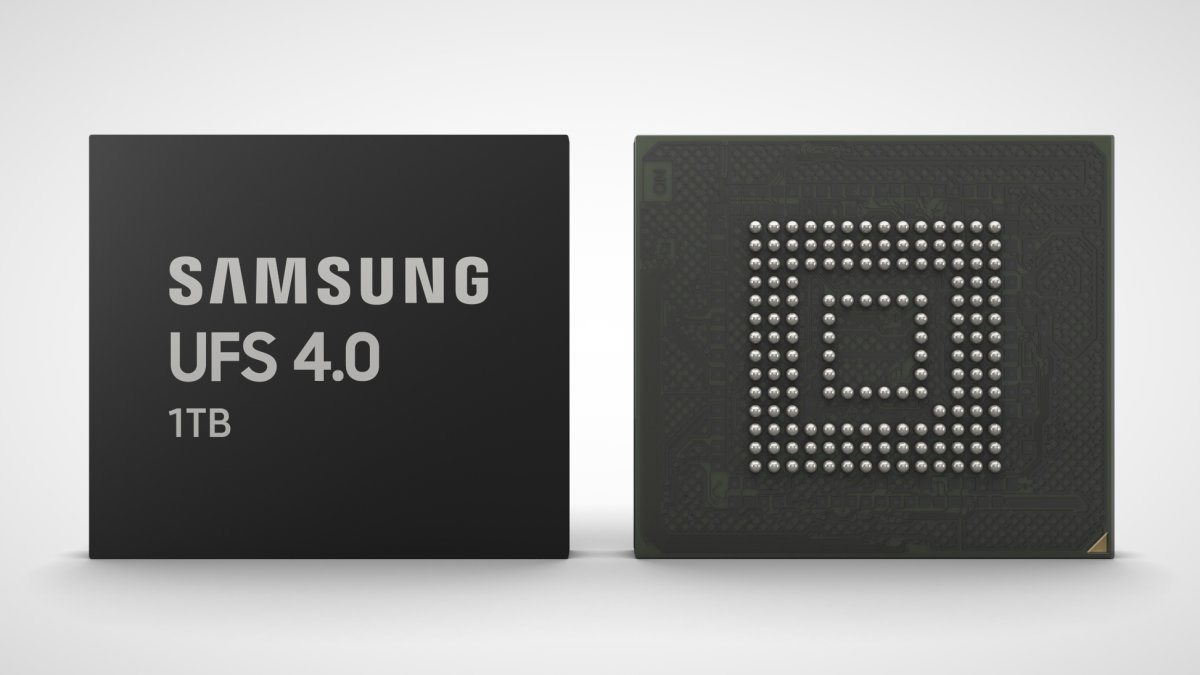Samsung’s semiconductor division is introducing the Universal Flash Storage (UFS) 4.0 standard for the first time, even before JEDEC finally defines it. The focus is on doubling the speed of the two transmission paths, which together now achieve a transfer rate of 46.4 Gb/s or 5.8 Gb/s.
However, the first UFS 4.0 memory modules do not exhaust that limit: Samsung promises up to 4.2 GB / s read and 2.8 GB / s write. Speed increases, especially when writing – UFS 3.1 storage is still up to 2.1 GB/s for read and 1.2 GB/s for writes. Nosy: Samsung announced via Twitter.
In 2018, the write rate with UFS 3.0 was still as low as 410 MB/s. Since then, JEDEC has introduced, among other things, a function in which some memory cells are written only one bit instead of three in order to improve performance. Such single-level cell caches are also common in computer solid-state drives.
Increase efficiency
UFS 4.0 units will be slightly faster than PCIe 3.0 SSDs with the mentioned transfer values in terms of sequential data movements. Samsung does not provide IOPS information for random access. Efficiency improvements are even more significant for smartphones that UFS 4.0 was primarily designed for: reading and writing data is said to be 46 percent more efficient than with UFS 3.1, resulting in longer battery life – Samsung leads the 6 MB/s per mAh value at.
UFS 4.0 flash also comes in the form of stacked memory layer building blocks with an embedded controller that is only 1mm thick and has a total capacity of up to 1TB. Smartphones usually have one memory stick. Samsung wants to start series production in the third quarter of 2022, so that UFS 4.0 will be available for the Galaxy S23 generation of smartphones next spring.
rival Kioxia (formerly Toshiba) announced next-generation UFS storage in February 2022, but without explicitly mentioning version 4.0. Since then, the manufacturer has delivered the first samples – said to be as fast as Samsung,
(Master’s)

“Problem solver. Proud twitter specialist. Travel aficionado. Introvert. Coffee trailblazer. Professional zombie ninja. Extreme gamer.”




More Stories
With a surprise in the case: a strange cell phone from Nokia was introduced
PlayStation Stars: what it is, how it works and what it offers to its users | Sony | video games | tdex | revtli | the answers
t3n – Digital Pioneers | digital business magazine